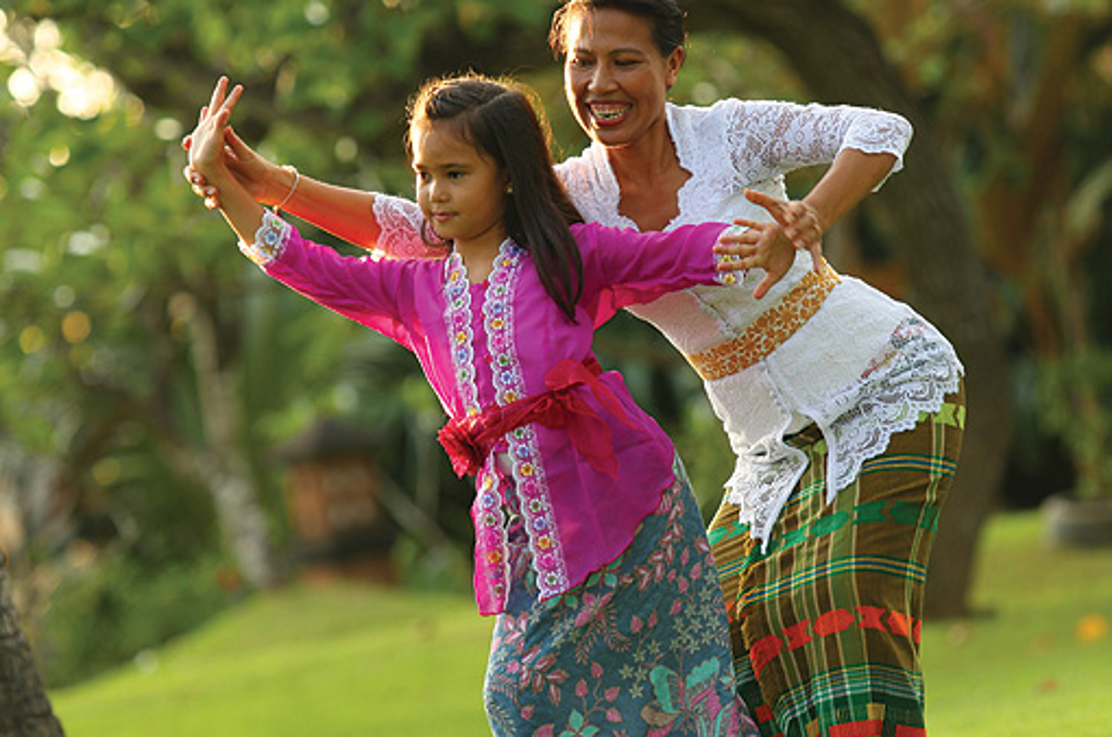Have you seen television talent show competitions lately? While still mostly about the song and dance, the genre has diversified over the years to the point of absurdity. Those interested can watch entire series dedicated to fiercely competitive baking, arts and crafts, fashion design, and even cross-dressing (for heaven’s sake). The pattern is by now a familiar one. A group of amateurs are gathered together and given access to a big stage where they must face scrutiny from a panel of “expert” judges. If they’re lucky, they’ll have an opportunity to try converting the judges’ feedback immediately into improved performance or else face elimination and most likely, a crushed dream. It seems like an awful ordeal for the contestants. The judges, on the other hand, have it a bit easier. If they’re able to string a few honest and intelligible sentences together, they are a clear standout among their peers.
The truth is that no matter how well-intentioned and coherent a judge’s feedback happens to be, it is not likely to result in improved performance, simply because most people don’t learn this way. Unfortunately, many leaders don’t understand this and so do not play a constructive role in the development of their staff. They put themselves comfortably in the judge’s chair, making promotions and cuts based on their evaluations. They offer their feedback from time to time and wonder why their staff aren’t smart enough to figure things out faster. Is there a better way?
The island of Bali in Indonesia is distinctive in many ways, not least for its highly refined art forms. Balinese traditional dances are among the most intricate and difficult-to-master in the world, yet local instructors regularly churn out expert dancers who are still in their pre-teen years, before many children even learn to tie their shoes. How do they do it? Researchers and education experts have looked closely at this and observed that the instructors employ a wide variety of teaching methods to create a fully immersive learning experience for their students. To teach a certain move or position, they will talk about its meaning and emotion, model it and even physically move the student’s body until they get the feel for it. Together with real-time instruction, motivation, and constant feedback, they create an optimal learning environment where even a young child can quickly become a master.
Of course, Balinese dance instructors aren’t the only ones who know how to teach. Throughout the gospels, we see Jesus doing many of the same things and more in order to turn a group of rag-tag fishermen into world changers. Although Jesus was at times critical of the disciples’ progress (or lack thereof), we also see him modeling the way, instructing through object lessons and stories, sending them out to experiment on their own, conducting after-action reviews, coaching through powerful questions, and finally appointing the Holy Spirit to “…teach you all things and remind you of everything I have told you.” (John 14:26) Clearly Jesus was a masterful teacher committed to his followers’ lifelong learning; are you?
Reflection Questions
What methods are you currently using to support the growth and development of your staff?
What is missing?
What is one teaching skill you might personally grow in that would help your staff improve?


